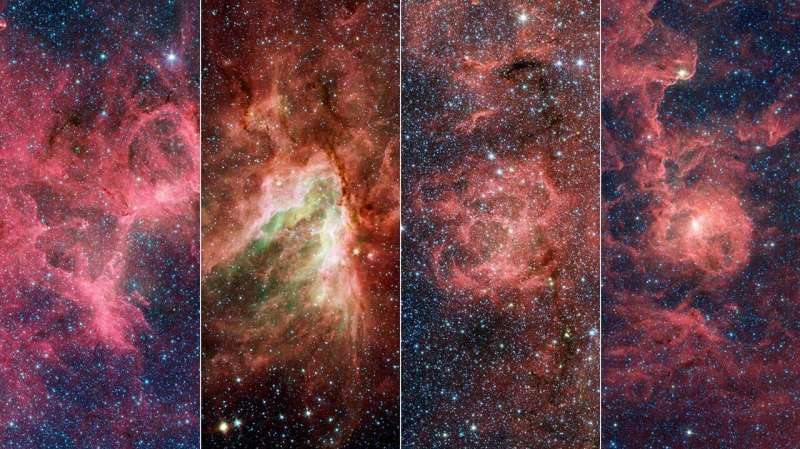Best of Last Week – The Atlas humanoid robot, a nuclear fusion milestone, using AI to find COVID battling drugs

It was another good week for space science as a team of researchers affiliated with institutions across the U.S. cracked a mystery of massive black holes and quasars using supercomputer simulations, determining how gas flows across the universe to feed them. Also, a team using data from NASA's Spitzer Space Telescope and the ESA's Gaia mission found a "break" in the Milky Way's Sagittarius spiral arm that turned out to be a mass of young stars and star-forming gas clouds sticking out of the arm like a splinter. And a pair of researchers from Northern Arizona University working with a colleague from the University of Hawai'i at Manoa and another at the Planetary Science Institute, found evidence of solar-driven changes on the moon—work that could lead to an explanation of the large amounts of tiny iron nanoparticles on its surface.
In technology news, a team at Boston Dynamics released a video showing off its Atlas humanoid robot carrying out moves like a human gymnast. And in an interview last week, Elon Musk claimed that Tesla's robots will make physical work a "choice," signaling the entrepreneur's intentions to begin using his fortune to develop robots capable of doing more of the work now done by humans. Also, a team led by a group at RMIT University announced that they had created a wave energy converter that was twice as efficient at harvesting power as current technology. And in a combined effort, a group at Harvard University working with Google Research announced the development of Air Learning, an open-source simulator and gym environment that researchers can use to train reinforcement learning algorithms for unmanned aerial vehicle navigation.
In other news, a team working at the National Ignition Facility at Lawrence Livermore National Laboratory announced that they had reached a major nuclear fusion milestone: trigging ignition in the lab. And a team at the University of Pennsylvania found a faster and cheaper way to test for COVID-19 using pencil lead.
And finally, if you or someone you care about has been infected with COVID-19, you might want to check out the results of a combined effort by researchers at Boston University and the University of Michigan. They have been using artificial intelligence applications to find existing drugs that can kill SARS-CoV2 in cells.
© 2021 Science X Network